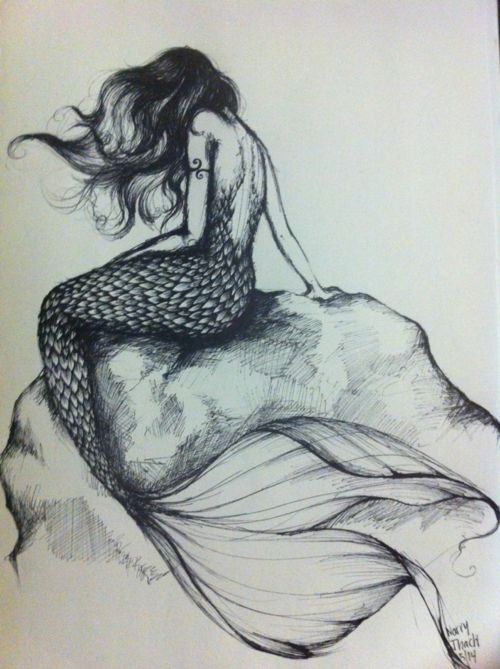
EARTH
地 Chi (sometimes ji) or tsuchi, meaning “Earth“, represents the hard, solid objects of the earth. The most basic example of chi is in a stone. Stones are highly resistant to movement or change, as is anything heavily influenced by chi. In people, the bones, muscles and tissues are represented by chi. Emotionally, chi is predominantly associated with stubbornness, collectiveness, stability, physicality, and gravity. It is a desire to have things remain as they are; a resistance to change. In the mind, it is confidence. When under the influence of this chi mode or “mood”, we are aware of our own physicality and sureness of action. This is a separate concept from the energy-force, pronounced in Chinese as qì (also written ch’i) and in Japanese as ki, and written alternatively as 気, 氣, or 气.
Water
水 Sui or mizu, meaning “Water“, represents the fluid, flowing, formless things in the world. Outside of the obvious example of rivers and the lake, plants are also categorized under sui, as they adapt to their environment, growing and changing according to the direction of the sun and the changing seasons. Blood and other bodily fluids are represented by sui, as are mental or emotional tendencies towards adaptation and change. Sui can be associated with emotion, defensiveness, adaptability, flexibility, suppleness, and magnetism.
Fire
火 Ka or hi, “Fire“, represents the energetic, forceful, moving things in the world. Animals, capable of movement and full of forceful energy, are primary examples of ka objects. Bodily, ka represents our metabolism and body heat, and in the mental and emotional realms, it represents drive and passion. ka can be associated with security, motivation, desire, intention, and an outgoing spirit.
Wind
風 Fū or kaze, meaning “Wind“, represents things that grow, expand, and enjoy freedom of movement. Aside from air, smoke, and the like, fū can in some ways be best represented by the human mind. As we grow physically, we learn and expand mentally as well, in terms of our knowledge, our experiences, and our personalities. Fū represents breathing, and the internal processes associated with respiration. Mentally and emotionally, it represents an “open-minded” attitude and carefree feeling. It can be associated with will, elusiveness, evasiveness, benevolence, compassion, and wisdom.
Void (ether)
空 Kū or sora, most often translated as “Void“, but also meaning “sky” or “Heaven“, represents those things beyond our everyday experience, particularly those things composed of pure energy. Bodily, kū represents spirit, thought, and creative energy. It represents our ability to think and to communicate, as well as our creativity. It can also be associated with power, creativity, spontaneity, and inventiveness.
Kū is of particular importance as the highest of the elements. In martial arts, particularly in fictional tales where the fighting discipline is blended with magic or the occult, one often invokes the power of the Void to connect to the quintessential creative energy of the world. A warrior properly attuned to the Void can sense their surroundings and act without thinking, and without using their “physical senses”.
Representations of the Godai
The most common representations today of the five elements, outside of martial arts and fictional references, are found in Buddhist architecture. Japanese stone lanterns as seen in Zen gardens and Buddhist temples have five divisions which represent the five elements, although the five segments can be hard to discern. The bottom-most piece, touching the ground, represents chi; the next section represents sui; ka is represented by the section encasing the lantern’s light or flame, while fū and kū are represented by the last two sections, top-most and pointing towards the sky.
Another common symbol of the five elements is the gorintō, a stone tower of modest size used mainly in Buddhist temples and cemeteries. It is composed from bottom to top of a cube, a sphere, a triangle, a crescent and something resembling a lotus flower, shapes that also have the meaning described above.
negatives (the yin) ( patter in the matter)
naga (the yin) rh- characteristics : enlongated skulls, long forehead or protruding from the back, symmetrical, pronounced attractiveness, glowing skin, narrow face, big watery eyes, full lips, smaller nose, or prominent, longer necks, longer limbs, supple bust, thin narrow waist long curved narrow hips, long legs , pronounced thighs & backside, smooth contour muscle structure, delicate yet supple.
characteristics of the yang rh+ compact skulls, wider face, smaller eyes & lips, pronounced angles, nose & jaw, shorter necks, shorter limbs, average or large chest & bust, wider hips lower to the ground, thicker sturdy structure, muscle pronounced instead of smooth, lighter skin, strong & robust.
negative blood types (people of the serpent)









